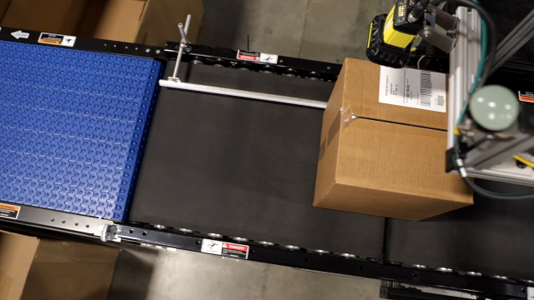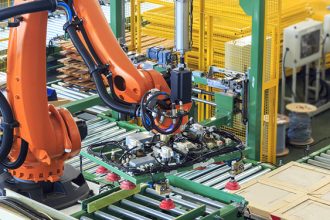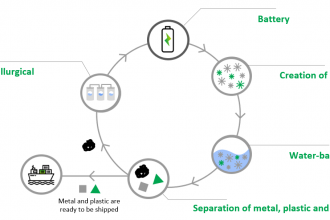Best Practices for the Last 100 Feet of Fulfillment

Only about five percent of American warehouses are highly automated, and in fact, as much as 80 percent have little to no automation at all. While SLAM systems may not rate high on the wish lists of many companies’ wish list for technology, it’s actually a good place to get started with fulfillment automation.
Why consider SLAM? It will provide several substantial business improvements, including optimized or reduced labor; consolidated shipping stations; accuracy and cost savings; throughput and growth. You could potentially save 20 to 30 percent of your floor space in the fulfillment area, too.
The components of SLAM that will help set you up to reap all those benefits include: Conveyors; optional pack slip or media inserters; scales, both catch weigher or checkweigher; scanners, including pre- and post-labeling; print and apply labelers; multiple, redundant label applicators; dimensioner; software, both host and shipper interfaces; and sortation, specifically carrier routing.
With those pieces in place in some combination, the most important thing you can do is implement best practices. This can be accomplished with both small and large SLAM operations.
The print and apply machine can apply a label wherever you need it. Your top printing needs include having a durable modular design, which translates to metal construction, the ability easily swap or replace it, easy-to-charge components, and the ability to keep lines up and running. You also need consistent coding so that all devices are easily backed up and can integrate easily with your IT. You also need remote management so that your IT department can make updates and changes from wherever it is located. You need secure endpoints on your network and be able to self-test for diagnostics.
Your top scanning system needs include a simple set up, an upgradeable platform, and intelligent feedback. Easy to set up means having the ability to build workflows and do it intuitively. Simple upgrading allows for evolving needs as your operations change heading forward. Intelligent feedback means the equipment can deliver actionable data.
Other considerations for best practices in SLAM include integrating automation and sustainability. For instance, a problem today might be liner waste. In the future, a think glassine liner on a direct thermal label can reduce waste and cost. Additionally, new, innovative printing and labeling solutions are emerging, like double-sided labels or labels that include the pack slip underneath, all reducing waste.
Other innovative designs that impact sustainability includes laser rewritable labeling systems that replaces multiple labels with one that can be use over and over again. It saves costs and reduces wastes.
Finally, considerations for success include:
- Shop on performance not price
- Designate an internal project champion
- Purchase software, equipment, and controls from one provider
- Include inputs like supplier track record, appropriate design, support, and experience.
Your best bet for accomplishing all of these goals and best practices is to partner with a SLAM Industry Group member, all of whom have the capabilities, resources, and experience.
This blog post is based on SLAM’s MODEX presentation: Best Practices in the Last 100 Feet of Fulfillment. To view a recording of the entire session, please visit the MODEX Site.
To learn more about MHI’s SLAM industry group: www.mhi.org/slam
More information about Scanning, Labeling, Applying, Manifesting:
Why A Vertical Reciprocating Conveyor Can Play A Critical Role …
Better Data Equals Better Labeling And Tagging
Podcast: Transitioning From Manual To Automated SLAM (The Last 100 feet)



